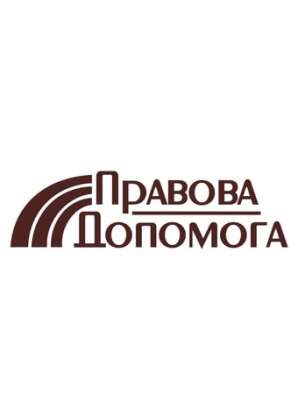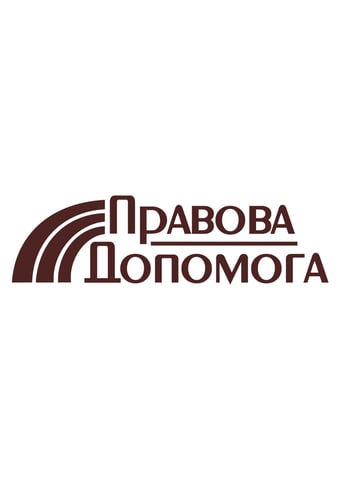How to price your product? Is it possible to automate and simplify the pricing process in the company?
Cost of services:
Reviews of our Clients
... our work on joint projects assured us of your high level of professionalism
We were contacted by a client who is a manufacturer of pharmaceuticals and medical devices. During the audit, he received objections regarding the cost of production accounting.
The internal price control system developed by the company's accounting department proved to be vulnerable and failed to prevent employee misconduct, as:
- the analysis of price changes took place when the data were recorded in the accounting system, rather than before the problem occurred;
- the limit prices were monitored in Excel calculations, which was quite time-consuming.
The manager of this company approached us for a consultation whose main question was “How easy is it to manage and control the company's prices?”
Most divisions of the company have something to do with the concept of 'price'. Price is the monetary value of something. For the sales department, it is the price of the service or product sold, for the purchasing department it is the purchase price of the product or service, for marketing it is the cost of a "click", etc.
Determining the right price for a product (good or service) is one of the points of a successful business model. However, managers are faced with the task of not only determining the price of the product correctly but also reacting to its change promptly.
In this article, using the example of our client, we will describe how to react to deviations from internal processes standards, how you can automate pricing in the company, and what it will do for you as an entrepreneur.
You may also like: Accounting for the Costs of New Product Development in Ukraine
Automating company pricing: where to start?
For requests regarding the automation of any accounting processes in a company, we, first of all, offer an audit that enables us to identify bottlenecks in the company's processes and to give the client an understanding of whether automation is necessary in its case - what it will bring them.
The following internal irregularities and deviations were found as a result of the external audit of the company:
- unjustified increase in the cost of production ( twice as much) of a batch of released products, caused by a technical error in the accounting system;
- lack of a policy for setting and changing prices;
- lack of price negotiation procedure;
- abuse of authority by employees - a purchasing manager negotiated an inflated price for raw materials with a customer to receive a % of the transaction.
Based on the client's problem, we proposed to develop and approve a Pricing Policy (hereafter, the Policy) and to automate this block to enable information management rather than "accounting for accounting's sake".
Pricing automation allows us to:
- react quickly to price changes within the company and in the market;
- to be able to manage prices;
- reduce/avoid technical errors and "human factors";
- to avoid abuse of power by employees for their benefit at the expense of the company.
You may also like: Business Trips. How to Automate Business Trip Processing
The basic principles of pricing policy
The main idea behind the policy:
- the price cannot be set or changed by any employee, but only by the person responsible for the process;
- the price must be confirmed by financial calculations;
- the marginal markup may not be higher than the statutory markup;
- a description of the basic checklist for responding to price deviations;
- description of the procedure for setting prices in atypical situations;
- communication of departments in the process of managing and changing prices.
The main rule of automation: all calculations and controls are performed in the accounting system with the help of reports developed by IT specialists. No information is reconciled manually in Excel.
What was the price automation we offered the client?
1. Setting a "fork" of selling prices. Determine the allowable maximum selling price (not more than the price including the marginal markup) and the allowable minimum price (not less than the price with a margin of 40%).
2. Setting of planned purchasing prices in the accounting system. Prices of potential suppliers, based on which calculations of products/services were made.
Note: setting the planned purchasing prices makes it possible to calculate the cost of production and determine the sales price of the product, with which the company can enter the market. Or take action to change the cost structure to optimize it - reducing a certain cost item or replacing a supplier.
Important! If the planned purchase price is changed, the planned purchase price is reset. Changes in purchase prices are made based on an official letter from the supplier with the justification of the change in the contract price. The sales price is reconsidered in case the purchase price has increased by more than 10%.
3. Configuring software (automatic) control of lower and upper price limits at the moment of data reflection in accounting:
- the sales manager will not be able to account for the sale if the price of the product/service will be outside of the set target price;
- the purchasing manager will not be able to record the receipt of goods if its price will be beyond the set target price.
4. Automation of work with deviations and changes.
When there is a need to change the planned price, employees should act according to the approved price change procedure.
Changing the purchase price:
- The procurement manager forms in the accounting system "Application to change the purchase price". This application specifies the nomenclature, its supplier, the reasoning for the price change, and the new recommended price. A scanned copy of the supplier's letter or other documentary evidence of the price change is also attached to the requisition;
- The accountant (or economist) receives an e-mail notification that the manager has created the Application. The accountant analyzes the price change arguments and approves the requisition (if the arguments are reasonable). If the accountant doubts the completeness of the arguments, he/she passes the request for approval to the director, who decides whether to approve or reject the price change;
- If the price change is approved, the production economist receives an e-mail notification of the need to re-calculate the product. The economist generates a production calculation, taking into account the change in price, and creates in the accounting system an "Application for a change in the price of sale;
- The director (or another responsible person) sets a new planned price;
- Based on the installation of new target prices, the accounting system sends an e-mail notification of the price change to all employees involved (sales department, marketing department, accounting department);
- The accountant generates a calculation of the total cost of the product.
Change in sales price:
- The marketing manager creates in the accounting system "Application to change the selling price". This application specifies nomenclature, argumentation/reason for price changes, and new recommended price. The application may be accompanied by scans, calculations, or other documentary evidence of price changes;
- The director is notified by mail that the marketing specialist has created the Application. The director reviews the arguments for the price change and approves the Application or rejects it (with a comment);
- If the Application is approved, the director (or another responsible person) sets a new target price;
- Based on the new target prices, the accounting system sends an e-mail notification of price changes to all employees involved (sales department, marketing department, accounting department).
- The accountant generates a calculation of the full cost of the product.
5. Price change analysis.
At this stage, we have developed reports that allow us to monitor:
- price changes (who, when, how, and why changed the price);
- analysis of sales prices (sales criteria, to whom and at what prices we sell goods).
You may also like: How Does Automation and Robotization of Accounting Work for a Company?
What are the benefits of automated pricing for business?
The automation of pricing allowed the owner to:
- build a transparent price management process;
- fix responsibilities and regulations for the performance of tasks by employees;
- to be confident in the correctness of product prices;
- be able to easily analyze prices at any time (change and actual sales);
- minimize errors;
- eliminate the possibility that someone involved will not be notified of the changes;
- to minimize the risks of fraud on the part of the company's employees;
- reduce labor costs by fully automating the process (from 5 hours of the accountant's work a week to 5 - 10 minutes).
We recommend using pricing automation from the very beginning of business, especially if your company is engaged / plans to engage in:
- manufacturing products;
- retailing or distribution;
- participation in tender sales and purchases;
- your product group(s) is (are) subject to government regulation.
If you want to competently manage the price of your products or goods by optimizing all processes, don't hesitate to contact us. We will not just tell you how to optimize accounting processes in your company, but we will show you what it will cost you.
Our clients







